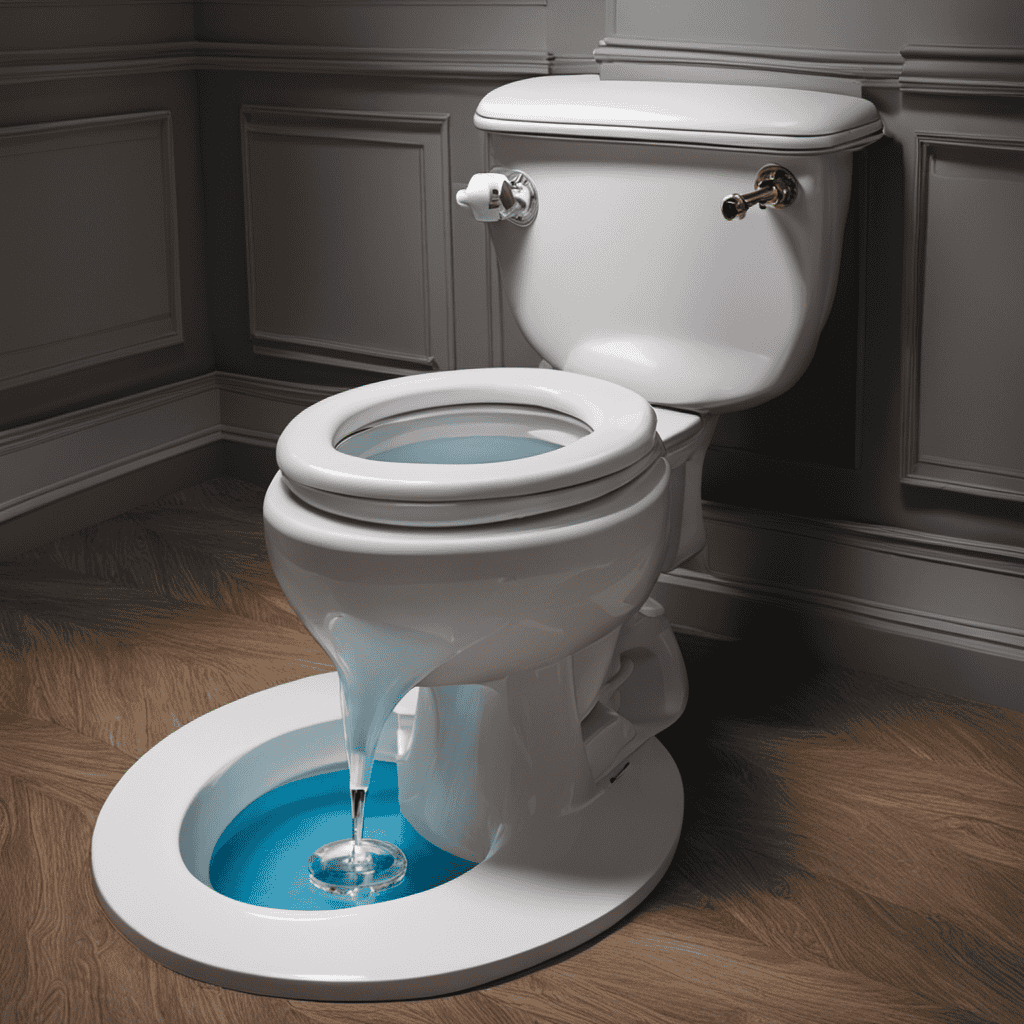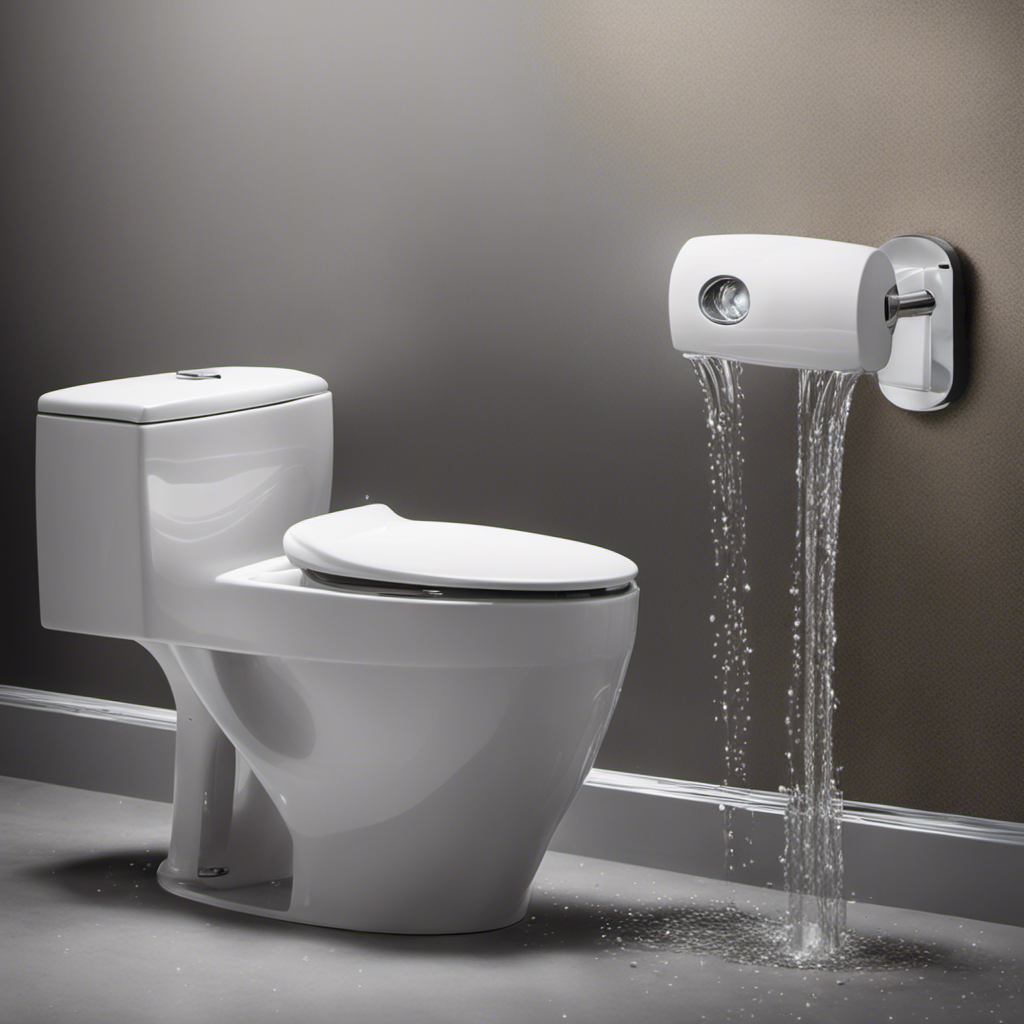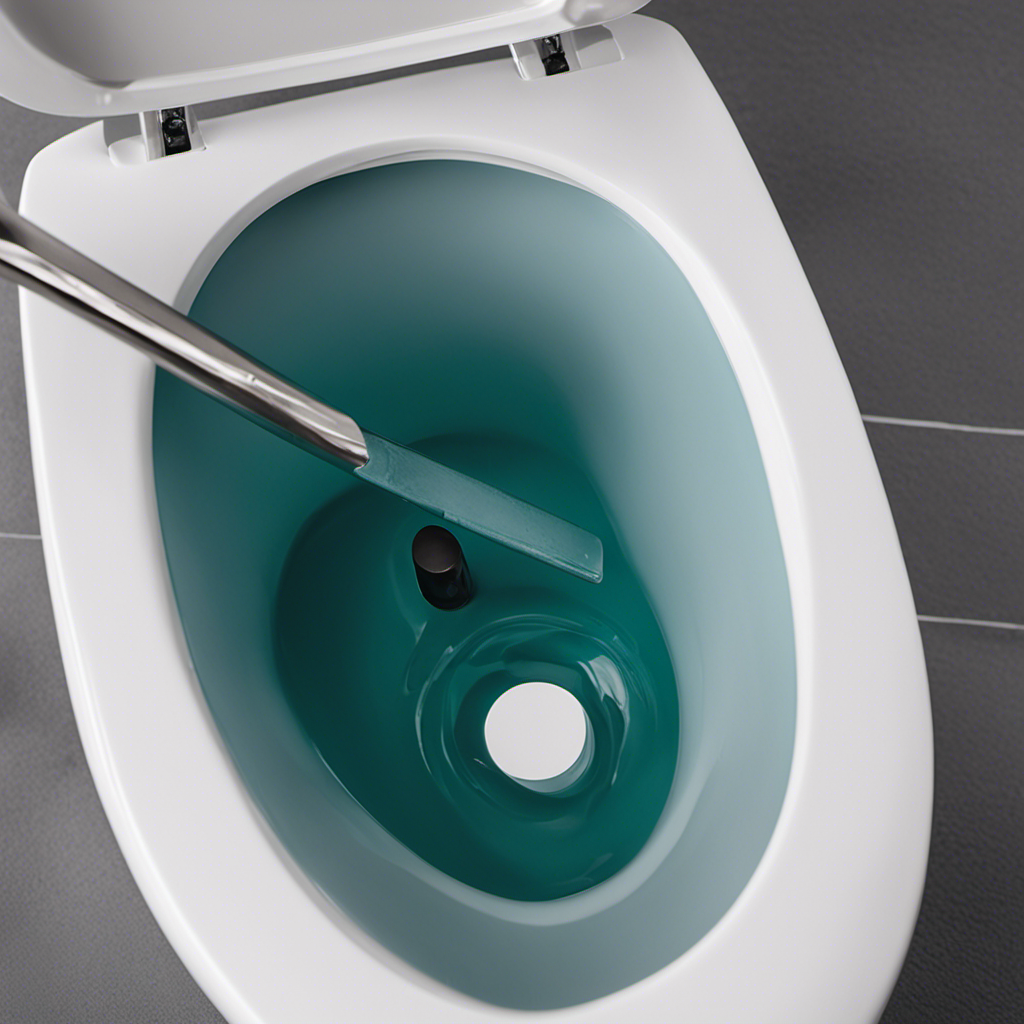Did you know that a leaking toilet water shut off valve when closed can waste up to 200 gallons of water per day? It’s a frustrating and costly issue that many homeowners face.
In this article, I will guide you through the possible causes, signs, and symptoms of a leaking shut off valve. I’ll also provide step-by-step instructions on how to identify, locate, and fix the problem.
By following these tips, you can prevent future leaks and save both water and money.
Key Takeaways
- Leaking toilet water shut off valves when closed can be caused by a faulty valve stem, wear and tear over time, improper seating of the valve stem, or debris/sediment blocking proper closure.
- Signs and symptoms of a leaking toilet water shut off valve when closed include dripping or pooling after turning the valve all the way, and it is a common issue that can cause water damage if not addressed promptly.
- To identify and locate a leaking toilet water shut off valve when closed, look for dripping or pooling after turning the valve all the way. Steps to repair it include turning off the water supply, inspecting the valve for damage or corrosion, tightening or replacing the packing nut, and replacing the valve if the leak persists.
- To fix a leaking toilet water shut off valve when closed, turn off the main water supply, inspect the valve for damage or corrosion, tighten any loose fittings or connections, and replace the valve if it is severely damaged or cannot be repaired.
Possible Causes of a Leaking Toilet Water Shut off Valve When Closed
One possible cause of your leaking toilet water shut off valve when it is closed could be a faulty valve stem. The valve stem is a crucial component of the shut off valve that helps control the flow of water.
Over time, due to wear and tear, the valve stem can become damaged or worn out, resulting in leaks. This can happen if the valve stem is not properly seated or if there is debris or sediment preventing it from closing tightly.
To troubleshoot this issue, you can try tightening the packing nut around the valve stem or replacing the valve stem altogether.
It is important to address this problem promptly, as a leaking shut off valve can waste water and potentially cause water damage to your bathroom.
Signs and Symptoms of a Leaking Toilet Water Shut off Valve When Closed
If you notice any dripping or pooling after turning the valve all the way, it might be a sign that it’s leaking when closed. This is a common issue with toilet water shut off valves and can cause water damage if not addressed promptly.
Regular maintenance is important to prevent leaks and ensure the proper functioning of the valve. One of the common repair solutions for a leaking shut off valve is to tighten the packing nut. This can be done by using a wrench to tighten the nut clockwise until the leak stops.
If tightening the packing nut doesn’t solve the issue, replacing the valve may be necessary. It is recommended to consult a professional plumber for assistance with valve replacement to ensure proper installation and prevent further damage.
Regular maintenance and prompt repairs are crucial to prevent water wastage and potential water damage.
How to Identify and Locate a Leaking Toilet Water Shut off Valve When Closed
When you notice dripping or pooling after turning the valve all the way, it could indicate a leak when the valve is closed. Troubleshooting common issues with a toilet water shut off valve is essential to prevent potential water damage.
To repair a leaking toilet water shut off valve when closed, follow these steps:
-
Step 1: Turn off the water supply: Locate the main water supply valve and turn it off to stop the flow of water to the toilet.
-
Step 2: Inspect the valve: Check the valve for any visible signs of damage or corrosion.
-
Step 3: Tighten or replace the packing nut: Use an adjustable wrench to tighten the packing nut. If tightening doesn’t solve the issue, replace the packing nut.
-
Step 4: Replace the valve: If the leak persists, it may be necessary to replace the entire shut off valve with a new one.
Steps to Fix a Leaking Toilet Water Shut off Valve When Closed
To fix a leaky toilet shut off valve when it’s closed, start by turning off the main water supply. This will prevent any further water flow and allow you to work on the valve safely.
Once the water supply is shut off, follow these steps to fix the issue:
-
Inspect the valve: Check for any visible cracks, loose connections, or signs of corrosion. This will help you determine the cause of the leak and the necessary repairs.
-
Tighten connections: Use an adjustable wrench to tighten any loose fittings or connections. Ensure they are secure but be careful not to over-tighten, as this could cause further damage.
-
Replace the valve: If the valve is severely damaged or cannot be repaired, it may need to be replaced. Turn off the main water supply again, disconnect the old valve, and install a new one according to manufacturer instructions.
Preventing Future Leaks in a Toilet Water Shut off Valve When Closed
By regularly inspecting and maintaining the connections, you can prevent future leaks in the toilet’s shut off valve when it’s closed. It is important to take proactive steps to prevent leaks and troubleshoot common issues with the toilet water shut off valve. Here are some steps to follow:
-
Inspect for leaks: Regularly check for any signs of leakage around the shut off valve. Look for drips, puddles, or wet spots.
-
Tighten connections: If you notice any loose connections, use a wrench to tighten them. Be careful not to overtighten, as it can cause damage.
-
Replace faulty parts: If you identify any faulty parts, such as washers or seals, replace them promptly to prevent leaks.
Table:
| Steps to Prevent Leaks | Troubleshooting Common Issues |
|---|---|
| Inspect for leaks | Loose connections |
| Tighten connections | Faulty parts |
| Replace faulty parts |
Following these steps will help you maintain a leak-free shut off valve and ensure the proper functioning of your toilet.
Conclusion
In conclusion, dealing with a leaking toilet water shut off valve when closed can be a frustrating experience. However, by identifying the possible causes, signs, and symptoms, as well as locating the leak, you can take the necessary steps to fix it.
Remember to tighten any loose connections, replace faulty parts, and use plumber’s tape for added security. By taking these measures, you can prevent future leaks and ensure a well-functioning toilet water shut off valve.
So, don’t let the sound of dripping water haunt you any longer; take action and restore peace to your bathroom oasis.










